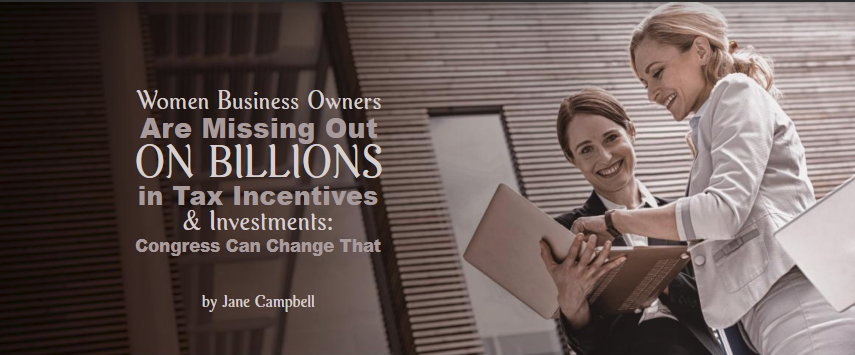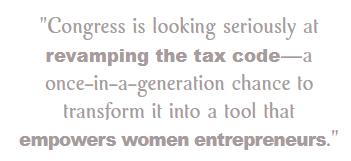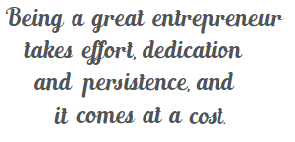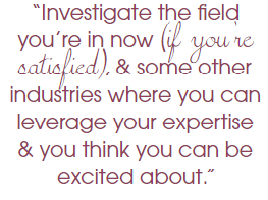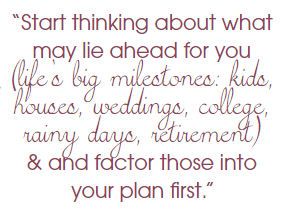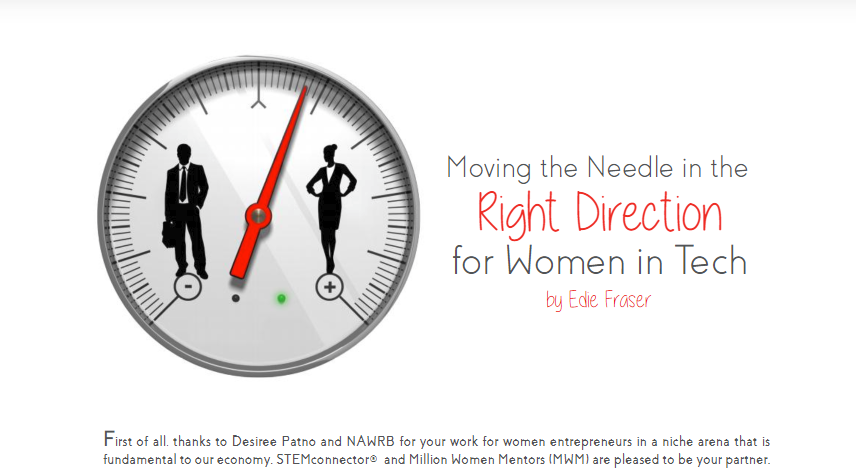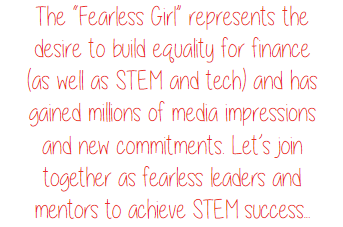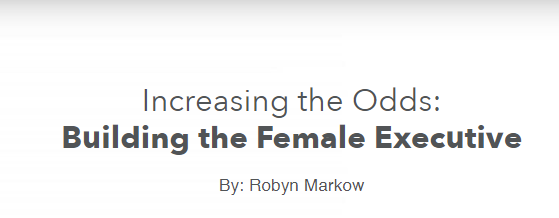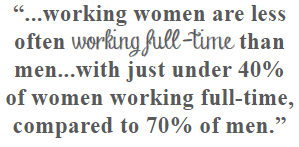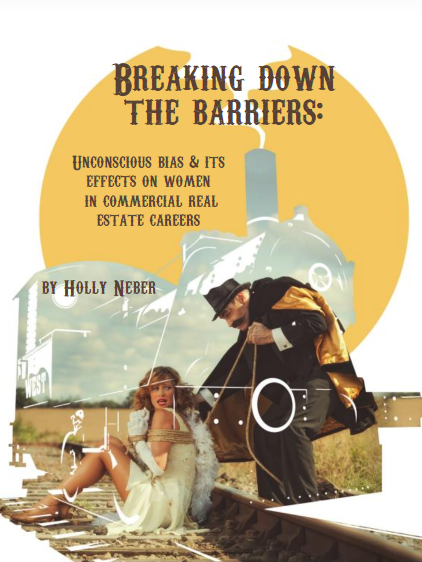 According to research published last year by the Commercial Real Estate Women (CREW) Network, the industry median annual compensation for women in commercial real estate fields is $115,000, compared with $150,000 for men—an income gap of 23 percent. The gap is actually widest in the C-suite at nearly 30 percent. While there are examples of women being intentionally paid less for the same role, it is likely that a large part of the difference can be explained due to unconscious bias.
According to research published last year by the Commercial Real Estate Women (CREW) Network, the industry median annual compensation for women in commercial real estate fields is $115,000, compared with $150,000 for men—an income gap of 23 percent. The gap is actually widest in the C-suite at nearly 30 percent. While there are examples of women being intentionally paid less for the same role, it is likely that a large part of the difference can be explained due to unconscious bias.
What is unconscious bias? These biases are subtle thought patterns and assumptions we carry about others based on our background, upbringing, and personal experience. Both men and women carry unconscious biases—it’s just part of being human. It helps us categorize situations and other people quickly based on past experience. The harmful consequences of unconscious biases often dissipate once they are brought to light and can be dismissed based on more accurate information.
Common types of unconscious biases include the halo effect (the tendency to think that everything a person does is good because we like a person), the affinity bias (the tendency to be friendliest with people who are most like us), perception bias (forming stereotypes about groups that influence our thinking about individuals) and confirmation bias (the tendency to seek information that confirms our pre-existing beliefs).

 Login
Login


















